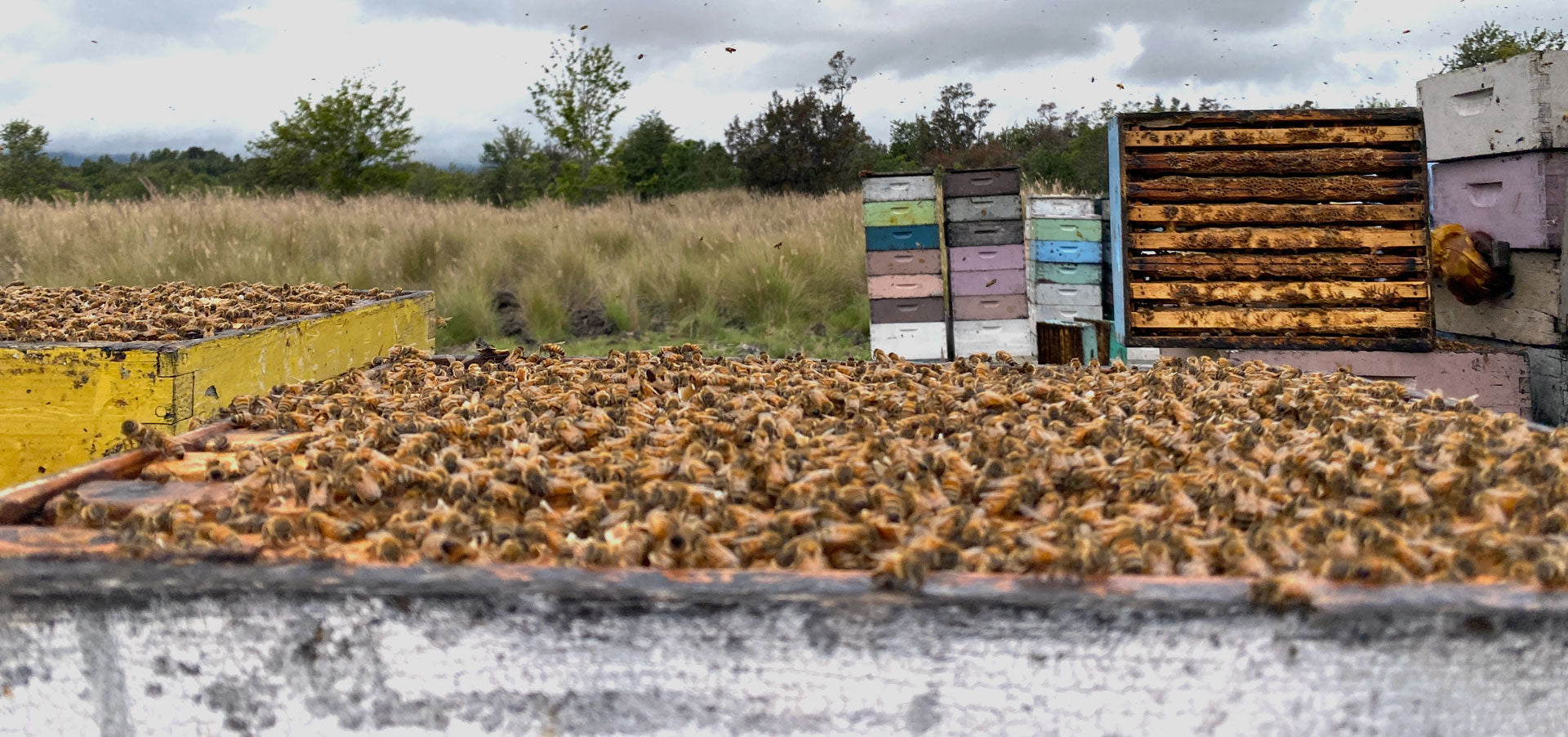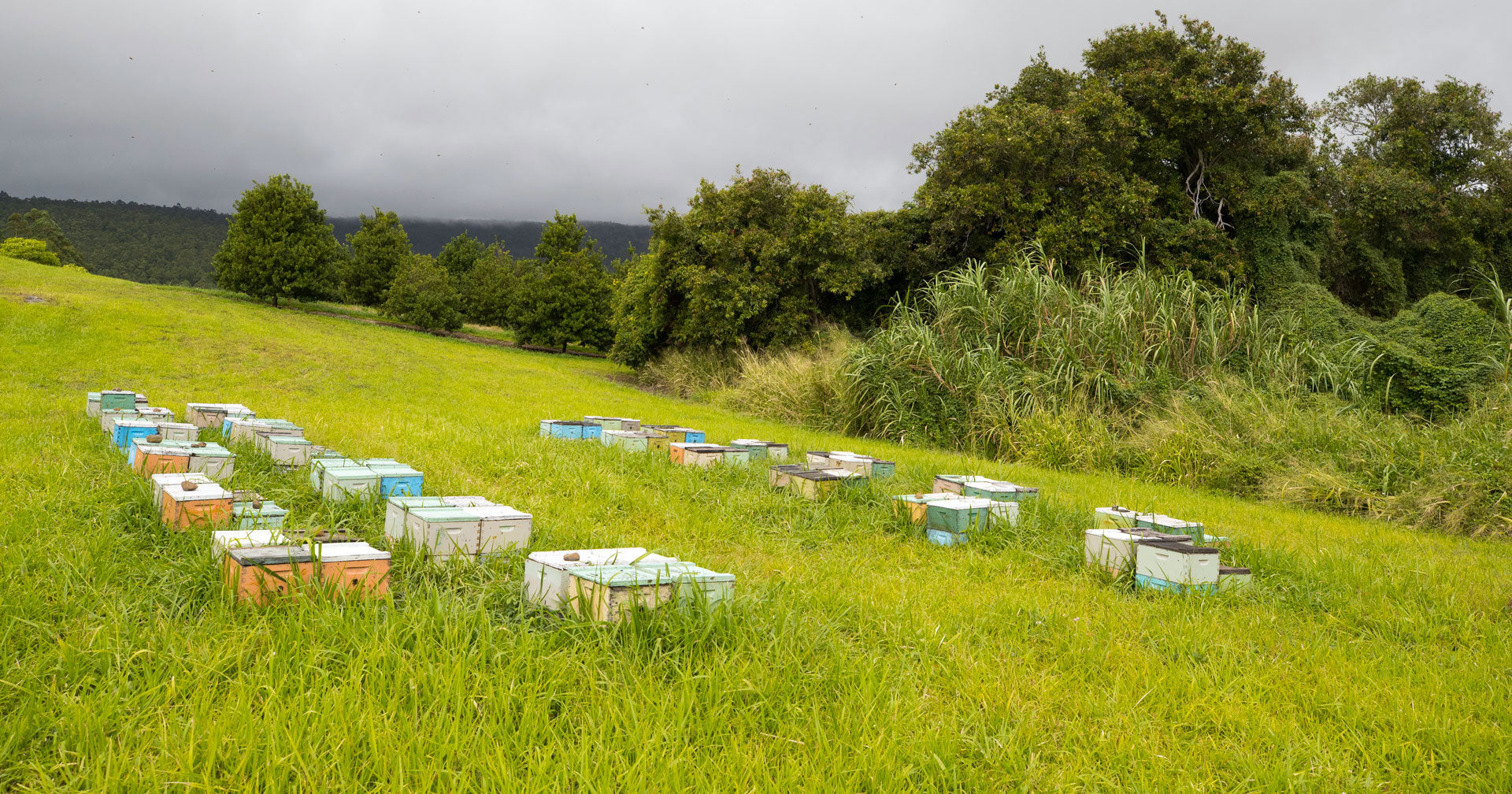It's important to provide a food source for pollinators in your outdoor space. Some common ornamentals, although attractive to us, do not provide food for bees such as: bird of paradise, plumeria, ginger and bougainvillea. There is no reason to remove these flowers from your garden, but we hope you consider adding a few bee-friendly plants as well. Try your best to use native plants too! Below are a few native and non-native plants that bees as well as other pollinators enjoy.
Click here to download the full PDF.


Keep in Mind When Planting
- Use a variety of plants to ensure there is always something in bloom and that you’re providing food for a variety of pollinators.
- Plant the same species in clumps. The larger the display, the more attractive the patch is to pollinators.
- Avoid planting hybrids which tend to have less pollen and nectar.
- Reduce pesticide and herbicide use or use organic sprays.
- If you must use pesticides, read labels carefully and apply in the evening when most pollinators are not active.
- Leave dead branches on the ground. Solitary bees use these areas as nesting sites.
Below Are a Few Hawaiian Plants & Trees to Plant for the Bees
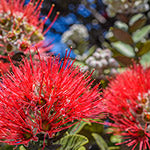 Ohia Lehua tree can be found in almost every native, Hawaiian ecosystem.
Ohia Lehua tree can be found in almost every native, Hawaiian ecosystem.
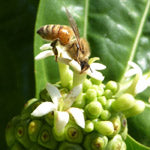 Noni is an evergreen tree that grows along Hawaii’s beaches and forested areas up to 1,300 feet.
Noni is an evergreen tree that grows along Hawaii’s beaches and forested areas up to 1,300 feet.
 Naupaka can be planted in practically every form of landscape and requires low maintenance.
Naupaka can be planted in practically every form of landscape and requires low maintenance.
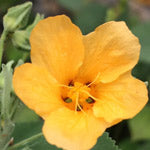 Ilima is a ground cover found on the coast of all the Hawaiian Islands. Often found growing near the shoreline.
Ilima is a ground cover found on the coast of all the Hawaiian Islands. Often found growing near the shoreline.
 Pua Kala (native poppy) can be found on the parched coastal plains and dry leeward mountain slopes.
Pua Kala (native poppy) can be found on the parched coastal plains and dry leeward mountain slopes.
 Wiliwili is found on coastal-lowland dry forests on all the main islands.
Wiliwili is found on coastal-lowland dry forests on all the main islands.
Click here to download the full PDF.

